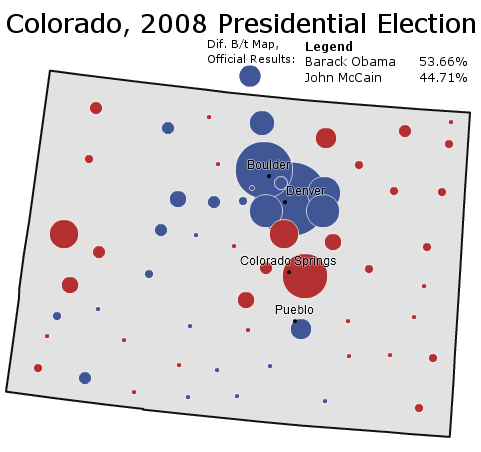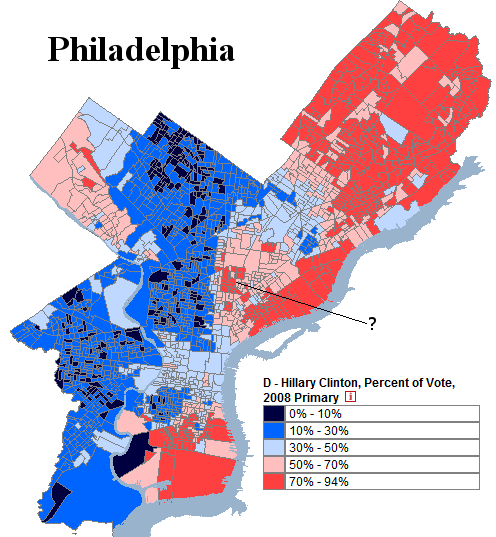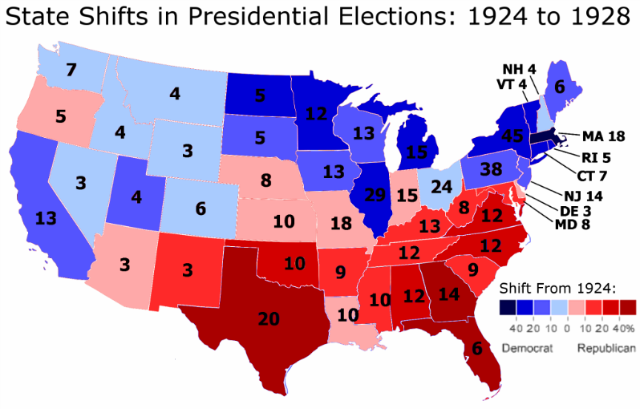By: inoljt, http://mypolitikal.com/
In November 2010, the California electorate approved Proposition 26, a little-known and little-followed proposal, in a close vote.
Proposition 26 was one of those propositions written to be intentionally confusing and difficult to understand. It requires a two-thirds majority to approve certain fees instead of a normal majority. Most people probably thought of these fees as something like sales taxes or property taxes. In fact, the fees generally constitute taxes on business activities which harm society, such as alcohol retailers or businesses that use hazardous waste. In other words, most people thought of Proposition 26 as involving tax cuts, when in reality it’s about environmental regulation.
More below.



